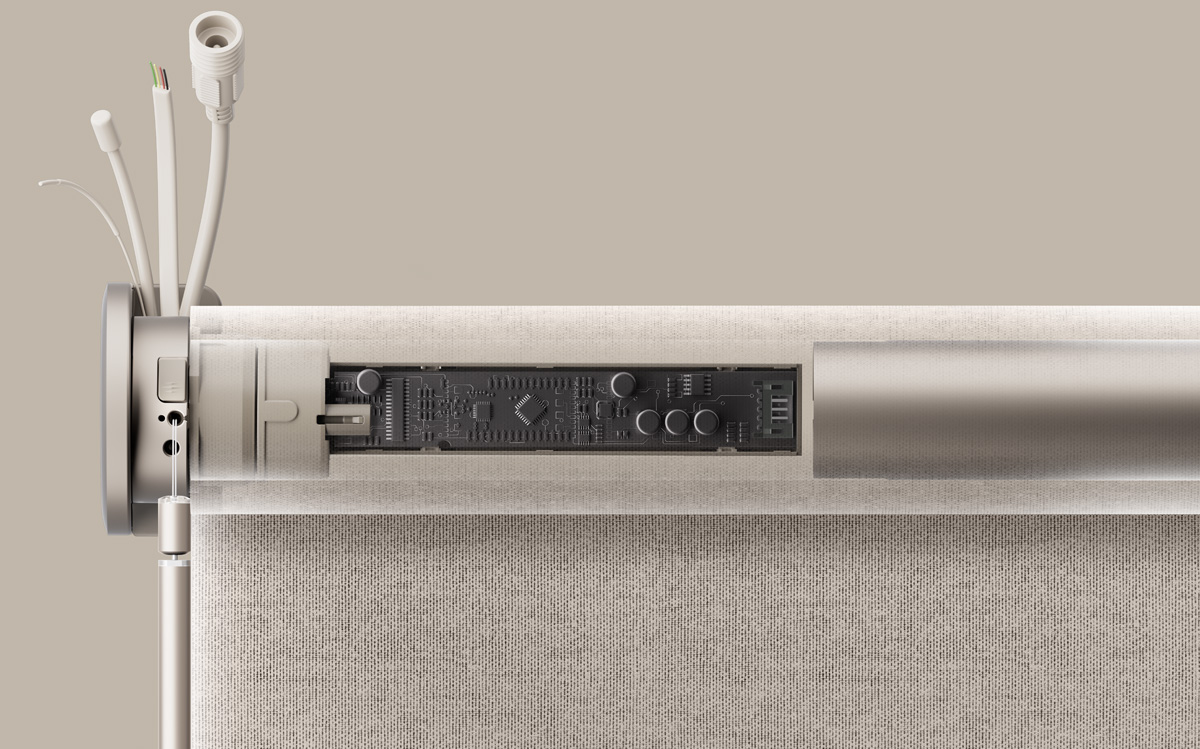

Coulisse provides guidance on choosing the right motor for smart shading systems.
Navigating the world of smart shading solutions can be overwhelming, especially when deciding between battery-operated and wired motors for your Motionblinds system. Each option offers unique benefits and considerations that impact everything from installation to maintenance. In this comprehensive guide, we’ll break down the key differences between battery and wired motors, explore how battery integration works, and provide insights into how often you’ll need to recharge a battery-powered system. Whether you’re upgrading your current setup or selecting a new smart window covering system, this guide will help you make an informed decision tailored to your specific needs. Dive in to discover more.
Battery vs. wired motors: key differences
Battery motors feature a built-in rechargeable lithium battery, making them easy to install without the need for complex wiring. They offer flexible control through a remote, smartphone app, voice commands, or manual operation. In contrast, wired motors connect directly to the mains power supply and require professional electrical installation. Wired motors provide consistent power without the hassle of recharging and can be controlled via wired switches, remotes, apps, or integrated building automation systems. The choice between battery and wired motors depends on your installation preferences, maintenance requirements, and desired control options.
Battery motors for residential use
Battery motors are ideal for residential settings, especially in homes with a limited number of windows. They offer hassle-free installation similar to traditional manual blinds, eliminating the need for invasive wiring. This makes retrofitting existing homes with smart motorised window coverings straightforward and convenient. Battery motors provide flexible control through wireless remotes, smartphone apps, and smart home integrations, while also allowing manual operation with a pull cord or wand. However, for luxury homes or larger buildings with numerous windows, battery motors might be less practical due to the need for periodic recharging via a USB-C cable.
Wired motors for high-end residential and commercial use
Wired motors are well-suited for high-end residential properties, commercial buildings, and large-scale installations such as hotels and office spaces. Their connection to the mains power supply eliminates the need for recharging, ensuring continuous and reliable operation. Wired motors offer robust durability and can be controlled through a variety of methods, including wall switches, remote controls, apps, or integrated building automation systems. They are an excellent choice for new constructions or existing homes with pre-installed wiring at the windows, providing a seamless and long-term solution for sophisticated window treatment needs.

Battery integration in Motionblinds Motors
Motionblinds distinguishes itself with integrated battery technology. Most motors feature a built-in lithium battery concealed within the motor, ensuring a sleek and wire-free appearance. The integrated battery charges via USB-C, much like a smartphone, supporting seamless, wire-free installation and operation. Benefits include simple installation without wiring and convenient recharging with a USB-C cable or power bank. Enjoy the convenience of wireless control with remote, app, or voice commands, alongside manual operation.
Recharging your battery motor
The recharge frequency for smart blinds varies based on battery type, usage, shade size, and environmental factors. Typically, Motionblinds motors last between six to 12 months on a full charge. Heavier or frequently used window coverings, like Venetian blinds or top-down bottom-up Honeycomb shades, may require more frequent recharges. Battery life depends on how often the shades move and their size—larger, heavier blinds consume more power. To estimate battery life, consider the number of cycles (full movements) your blinds perform before needing a recharge.
Estimating battery life and performance
To estimate battery life, consider two main factors: usage and blind size. Battery life depends on “cycles” (a full up-and-down movement) and “drop” (the height of the blind). Larger shades with more drop use more power and need recharging sooner. Each Motionblinds motor has a specific formula to estimate how many cycles it can handle before needing a recharge, making it possible to calculate battery life accurately for your window coverings.
Battery life indicator for Motionblinds
Motionblinds battery motors feature an app-based battery status indicator and a red LED light to signal low power. This allows users to monitor battery levels easily and recharge before it runs out. Even if not in use, batteries experience self-discharge, so it’s important to recharge at least once a year to maintain performance. Charging takes about eight hours with a USB-C cable and 5V/2A charger, but the motor remains functional while charging.